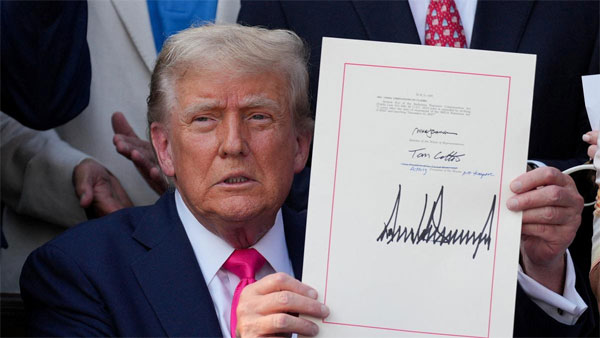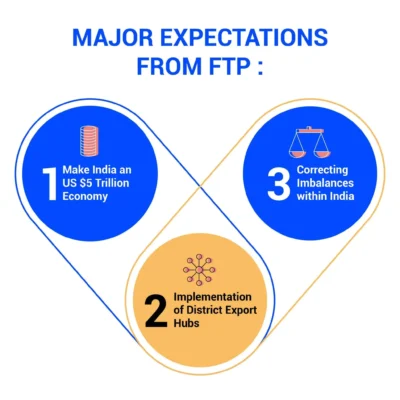
Trade: Trump Reaches Out to 12 Nations Via Letters
The Trump administration has initiated a new phase in its trade policy, dispatching letters to leaders of twelve nations expressing concerns about existing trade imbalances and signaling a desire for renegotiated or new trade agreements. The letters, delivered over the past week, represent a direct approach to addressing perceived unfair trade practices and aim to pressure these nations into engaging in bilateral trade discussions. The move has sparked debate among trade experts, with some seeing it as a necessary step to level the playing field, while others fear it could escalate trade tensions and disrupt global markets.
Table Of Content
- Trump Administration Sends Trade Letters to 12 Nations
- Letters Detail Trade Concerns, Seek Negotiations with Allies
- 12 Nations Targeted: A Mix of Key Trading Partners, Competitors
- Impact of Letters: Will They Spur Trade Deal Progress?
- Experts Analyze Trump’s Letter Strategy, Potential Outcomes
- Trade Experts: Letters Could Escalate Tensions or Open Talks
Trump Administration Sends Trade Letters to 12 Nations
The Trump administration has confirmed the sending of official letters to twelve countries, outlining the United States’ concerns regarding trade deficits and perceived unfair trade practices. These letters, personally addressed to the heads of state or relevant ministers, serve as a formal notification of the administration’s desire to re-evaluate existing trade relationships and explore potential avenues for new or renegotiated agreements. The move underscores President Trump’s commitment to his "America First" trade policy, which prioritizes bilateral deals and seeks to reduce trade imbalances with key partners.
Letters Detail Trade Concerns, Seek Negotiations with Allies
The letters reportedly detail specific trade grievances, including concerns about tariffs, non-tariff barriers, intellectual property protection, and market access restrictions. Each letter is tailored to the specific trade relationship between the United States and the recipient nation, highlighting areas where the Trump administration believes improvements can be made. Crucially, the letters also explicitly state the administration’s willingness to engage in constructive negotiations to address these concerns, suggesting a desire to resolve trade disputes through dialogue rather than solely through unilateral measures.
12 Nations Targeted: A Mix of Key Trading Partners, Competitors
The twelve nations targeted represent a diverse range of economic relationships with the United States. The list includes key trading partners such as Japan, the United Kingdom, and Vietnam, as well as countries considered to be economic competitors, such as China and Germany. The inclusion of both allies and rivals indicates a broad strategy aimed at addressing trade imbalances across the board, regardless of existing geopolitical relationships. The selection also suggests a focus on countries with significant trade surpluses with the United States.
Impact of Letters: Will They Spur Trade Deal Progress?
The immediate impact of the letters remains to be seen. It is anticipated that recipient nations will carefully consider the contents of the letters and formulate their responses in consultation with their respective trade ministries and business communities. Whether the letters will successfully spur meaningful progress towards new or renegotiated trade deals will depend on the willingness of both sides to compromise and address each other’s concerns. The success of this approach will also hinge on the overall political climate and the potential for escalating trade tensions.
Experts Analyze Trump’s Letter Strategy, Potential Outcomes
Trade experts are divided on the effectiveness of the Trump administration’s letter strategy. Some argue that the direct approach could be a useful tool for initiating trade discussions and pushing countries to address long-standing trade imbalances. Others express concern that the letters could be perceived as aggressive and could backfire, leading to retaliatory measures and further trade disputes. The ultimate outcome will likely depend on the specific context of each bilateral relationship and the diplomatic skills employed by both sides during subsequent negotiations.
Trade Experts: Letters Could Escalate Tensions or Open Talks
The letters have introduced a new level of uncertainty into the global trade landscape. While some experts believe they could pave the way for productive trade talks, others warn that they risk escalating tensions and disrupting established trade relationships. The key factor will be whether the recipient nations view the letters as a genuine invitation to negotiate or as a veiled threat of unilateral action. The coming weeks and months will be crucial in determining whether this strategy leads to constructive dialogue or further trade friction.
The Trump administration’s decision to send trade letters to twelve nations marks a significant step in its ongoing efforts to reshape global trade relationships. The success of this strategy hinges on the willingness of both the United States and the recipient nations to engage in constructive dialogue and find mutually acceptable solutions to address existing trade imbalances. The potential outcomes range from productive negotiations leading to new trade agreements to escalating trade tensions and further disruptions to the global economy. The world will be watching closely to see how this new chapter in trade policy unfolds.








No Comment! Be the first one.